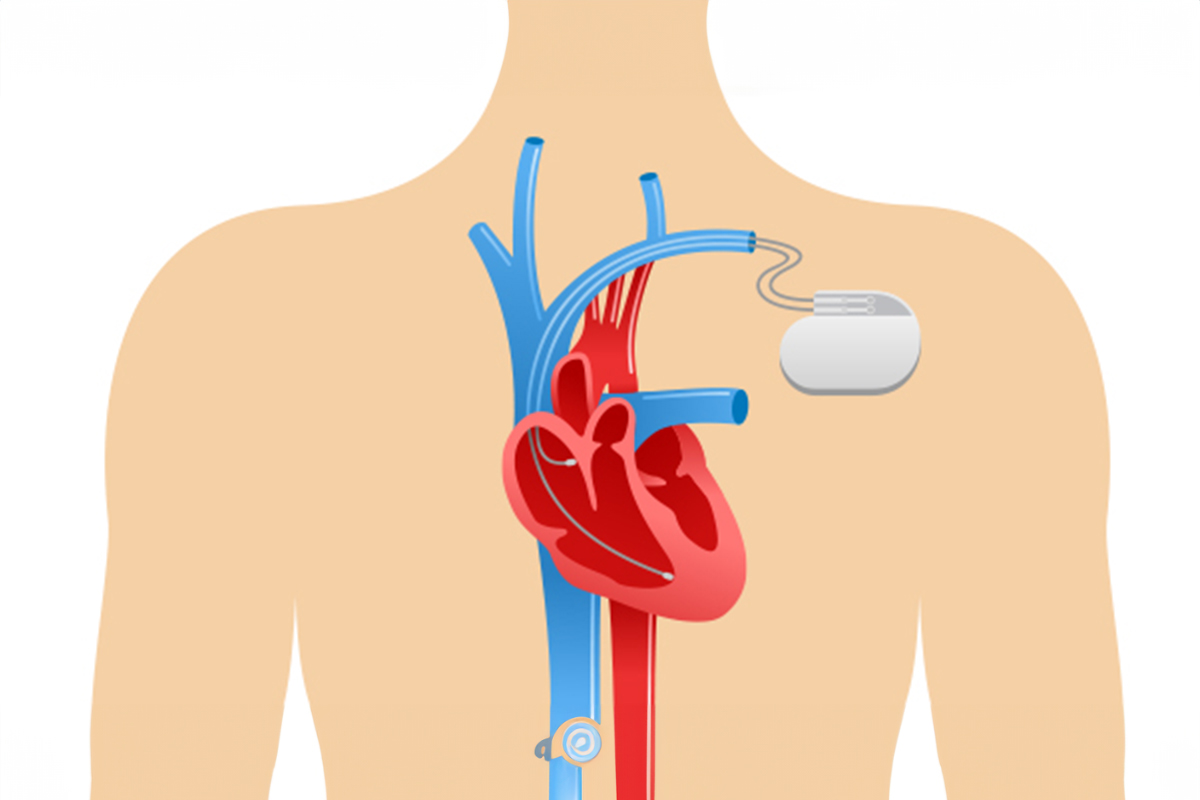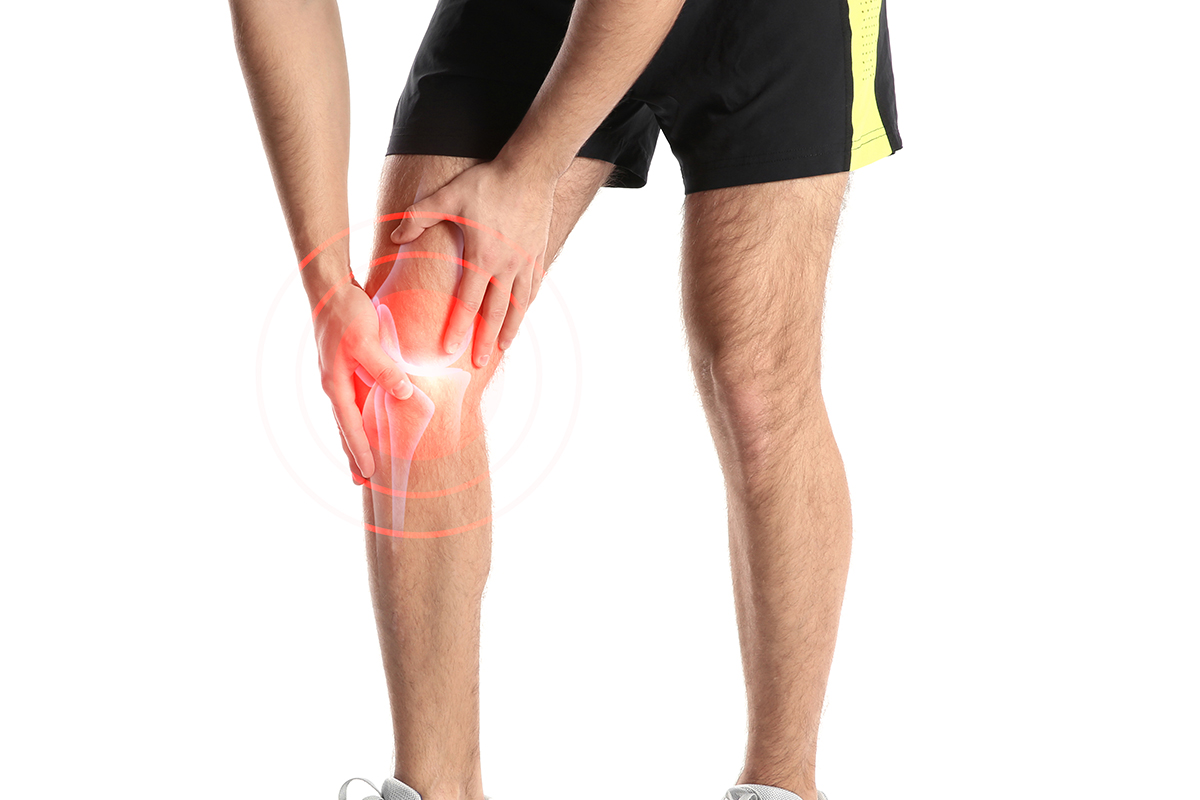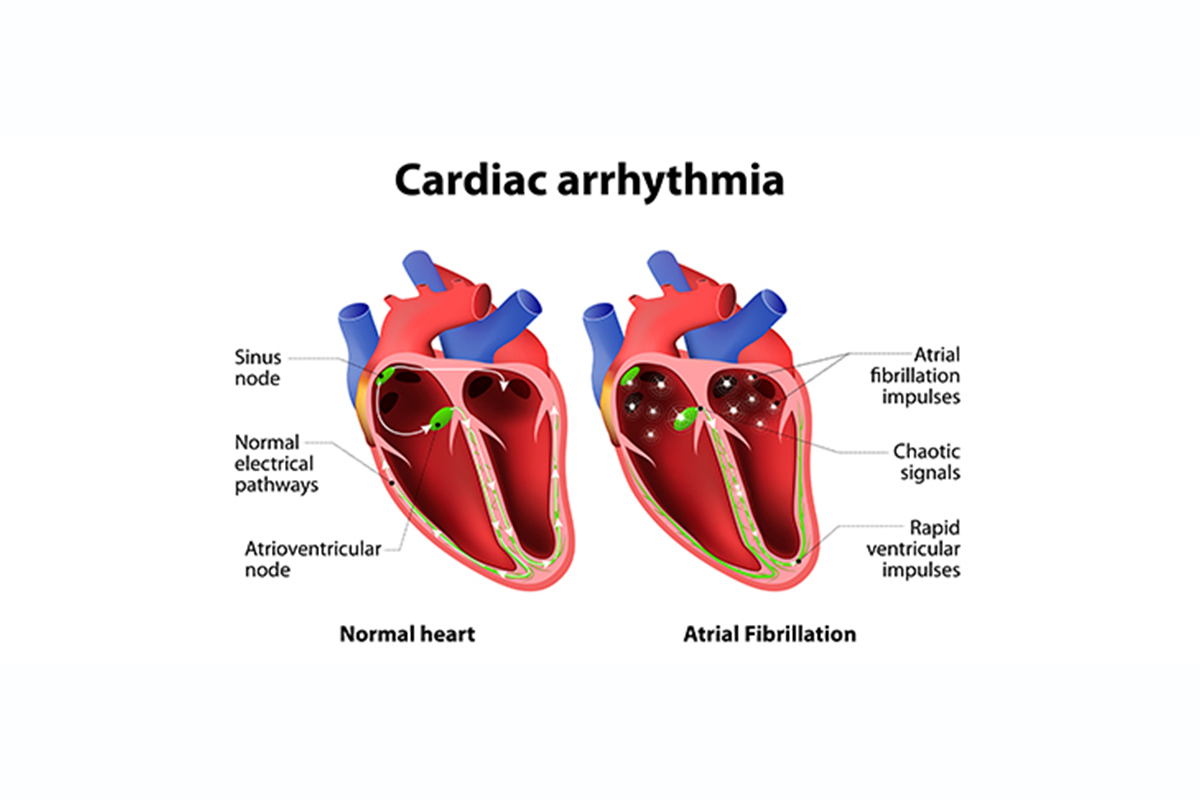
World Mental Health Day and its Relevance
By Dr. Avani Tiwari in Psychiatry
Oct 10, 2020
World Mental Health Day is observed on 10 October every year, with the aim of putting the focus on mental health issues around the world and mobilizing efforts in the support of mental health. The Day provides an opportunity for all stakeholders working on mental health issues to talk about their work and what more needs to be done to make mental health care a reality for people worldwide.
All the psychiatric disorders are actually expressions of various polygenic diseases of brain. It is believed widely that the higher functions of brain are what comprise the mental health. Which was taken to mean that between cognition (thoughts), conation (behaviour) and emotion (feelings) all the psychiatric disorders are covered. What we didn’t realize is that brain controls function of whole body and maintains the homeostasis between various components of internal environment of body. It also controls the balance between internal and external environments and changes the internal environment in response to external environment.
This is where the interplay between stress and resilience capacity comes into play. It is not necessary to have obvious stressors. The stress of day to day life can also throw you off balance if your resilience capacity doesn’t work properly.
Also, psychiatric disorders don’t just affect the brain. Almost all systems are affected by it. Your heart rate or respiratory rate can rise. Your digestion and intestinal motility can suffer. You can experience numbness, fatigue and pain in almost any part of the body. Your sleep, appetite, weight and sexual desire can change. In fact, in patients with psychiatric disorders, there is higher incidence of cancer, diabetes, hypertension and various autoimmune disorders. On an average having psychiatric symptoms can shorten the lifespan of a person by up to 10-15 yrs.
So called mental disorders are then symptoms of diseases affecting whole body, starting since conception, manifesting prominently in adolescence or in middle age. They may persist whole life in recurring and remitting patterns and frequently end up in various neuro degenerative syndromes or worse, early termination of a potential life in suicide.
The only way to stop their progress is to start early and adequate treatment of the symptoms and continue the treatment as long as required. Most treatments consists of medications or psychotherapy or both along with various lifestyle modifications like other chronic disorders. And with treatment most people can lead a reasonably or fully normal life without much or any drug related side effects.
This year COVID 19 Pandemic had changed the game. The stressors have multiplied and uncertainty rules, increasing the challenges manifold. Social support is fragmented and physical contact is hard to come by. Front-line workers have their own fears and yet continue working, losing health and even lives in that process. Our kids are coping with an online education that’s a novel idea, often a stressful one for them and their parents. We have lost our friends’ healing touches. We are anxious about our future, worried about our jobs and uncertain about our finances. On top of which is the fear for our physical health and the actual long term neuropsychiatric complications in case of recovering from COVID infection.
And now with NMHS (National mental health survey) estimating the gap between disease and treatment at as high as 70%, it’s time to start asking questions. The gap is widest in low & middle income group population. These are the people that are the targets of mental health policy. Even around us we come in contact with such individuals and it’s our duty to make sure they receive proper treatment so that the gap shrinks.
We all know how underfunded our government policies are. The theme these year lays emphasis on the mental health resources reaching the poorest, farthest and neediest. And as the need arises many times in the Pandemic, more urgent and significant investment in it is required.







